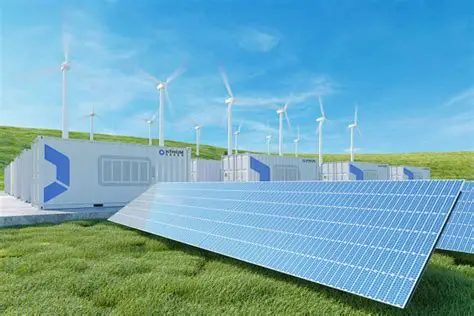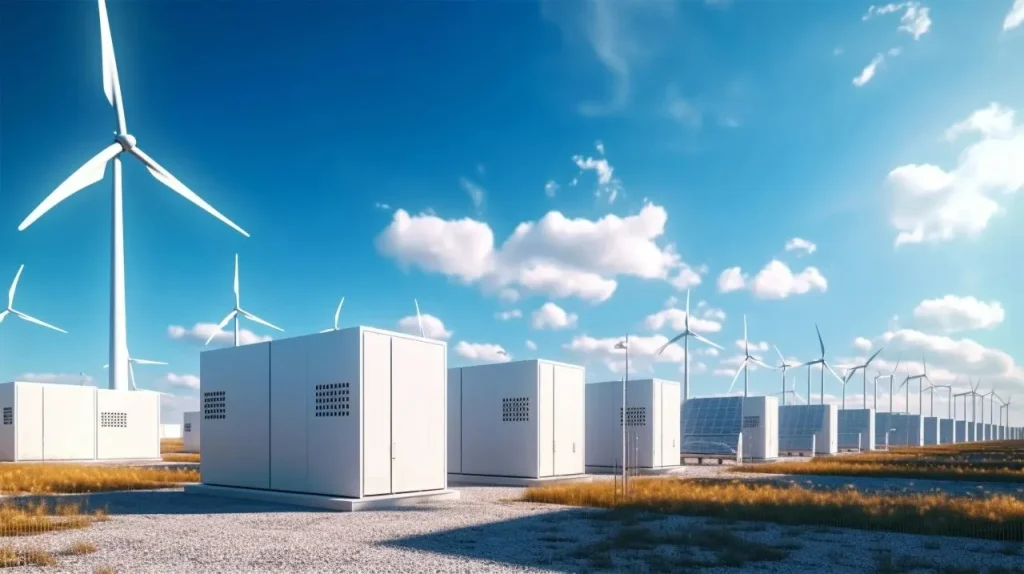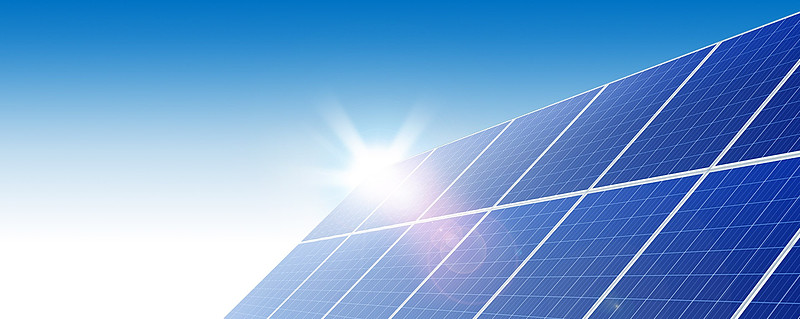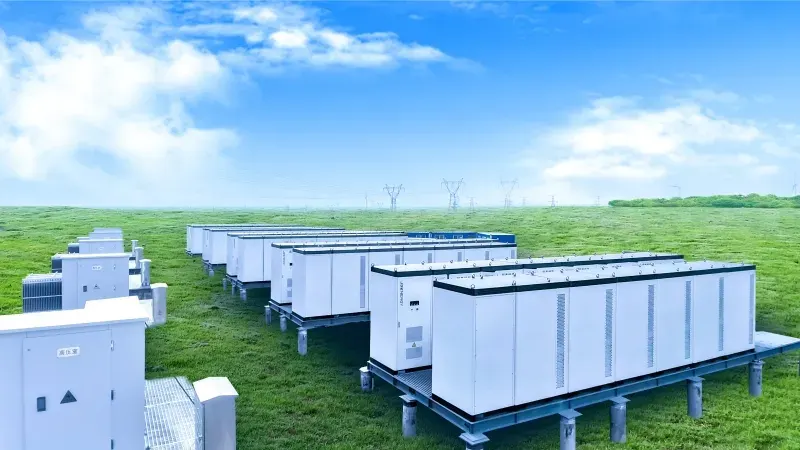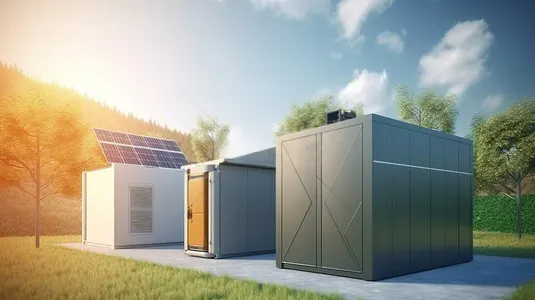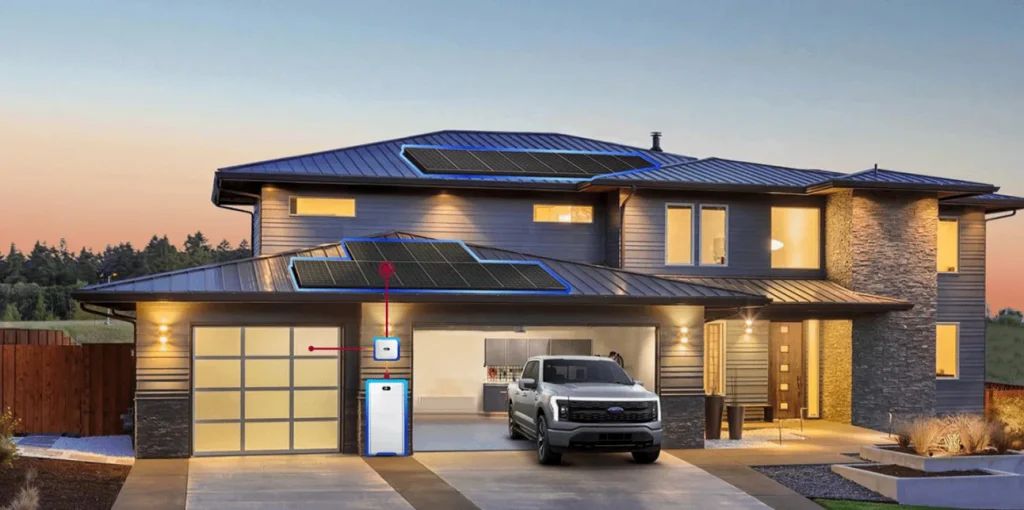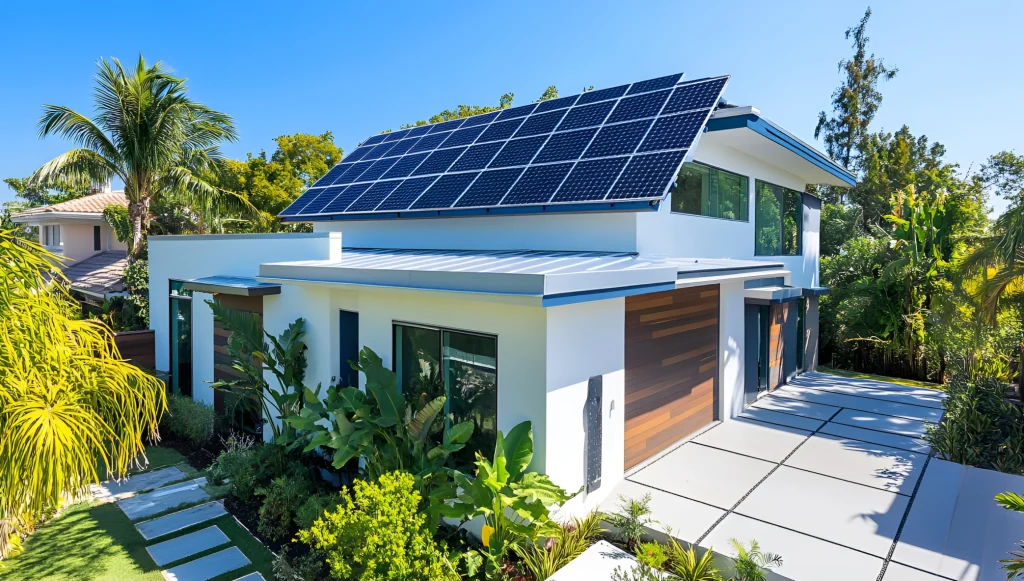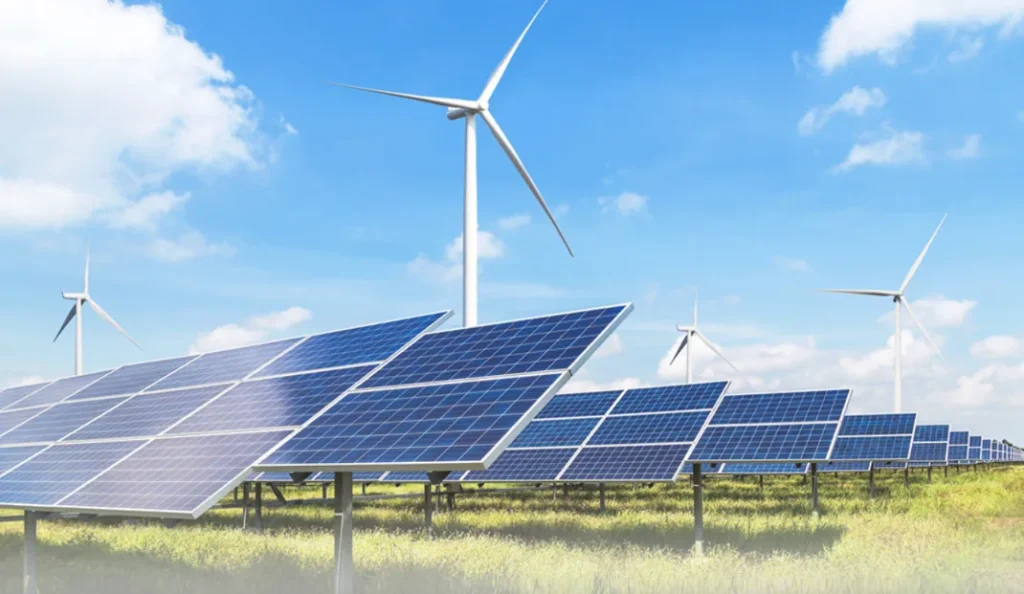1. Always Troubled by Choosing Energy Storage Batteries? First, Understand These 3 Core Needs
Recently, while helping a neighbor select an energy storage battery, I noticed everyone shares the same concerns: “Afraid it will bulge after half a year of use,” “Worried it might catch fire in summer heat,” “The previous battery wasn’t compatible with the inverter—total waste of money”… Actually, these issues boil down to choosing the wrong battery type. If you have these worries too, consider an LFP storage battery—especially the model we’re discussing today. It addresses almost all user pain points, from safety and lifespan to practicality.
Let me start with a quick (popular science): LFP batteries are Lithium Iron Phosphate batteries. Compared to the common ternary lithium batteries, their biggest advantages are stronger thermal stability and longer cycle life. However, not all LFP batteries are reliable— the key lies in “cell quality + supporting technology + compatibility.” Next, I’ll break down why this LFP battery is worth choosing, focusing on the aspects everyone cares about most, to help you avoid pitfalls when selecting energy storage solutions.
2. Safety First: LFP Cells + Advanced BMS, Eliminating Risks at the Source
When choosing an energy storage battery, safety always comes first—after all, if the battery is placed at home or in a store, any problem could lead to big trouble. This LFP battery has two layers of protection for safety, so you don’t have to worry about risks like high temperatures or overcharging at all.
First, the cells themselves use high-purity LFP (Lithium Iron Phosphate) material. The thermal decomposition temperature of this material can exceed 600°C, which is far safer than ternary lithium batteries (around 200°C). I once saw a friend’s ternary lithium battery—its casing slightly deformed after being exposed to the sun in summer. In contrast, this LFP battery never showed abnormal temperatures even when placed on a balcony during 38°C heatwaves in southern China. Moreover, its cells have passed puncture and extrusion tests; even in case of accidental impact, they won’t catch fire or explode like other batteries. It’s safe to use even with elderly family members or children around.
More importantly, it’s equipped with an advanced BMS (Battery Management System)—equivalent to an “intelligent bodyguard” for the battery. Many people don’t know that most battery problems don’t come from the cells themselves, but from “out-of-control” during charging and discharging—such as overcharging causing excessive voltage, over-discharging accelerating battery degradation, or unmonitored overheating. This BMS monitors the voltage and temperature of each cell in real time; once they exceed the safe range, it immediately cuts off the circuit. For example, if the voltage is about to reach the upper limit during charging, it automatically reduces the charging current; in low temperatures in winter, it preheats the battery before charging to avoid cell damage from low-temperature charging. I specifically asked the manufacturer: the response speed of this BMS is at the millisecond level—three times faster than ordinary BMS, which is like “stopping danger as soon as it emerges.”
Additionally, it has a balanced charging function. Some batteries develop voltage differences between cells after long-term use, leading to rapid capacity loss. This BMS automatically supplements power to cells with lower voltage, keeping all cells consistent. This not only extends the battery’s lifespan but also prevents safety issues caused by cell imbalance.
3. 6000+ Cycle Life + 5-Year Warranty, One Investment Saves Money in the Long Run
“How many years will this battery last?” This is the question I get asked most often. After all, energy storage batteries aren’t cheap—no one wants a battery that degrades to uselessness in 3 years and requires another expensive replacement. When it comes to lifespan, this LFP battery truly takes all the hassle out of long-term use.
Its official data states “6000+ cycles at 80% DoD (Depth of Discharge).” For those unfamiliar with this term: 80% DoD means using 80% of the battery’s capacity each time. For example, a 10kWh battery would be recharged after using 8kWh. If charged and discharged once a day for a household, 6000 cycles equal approximately 16 years—and even then, the battery’s capacity remains above 80% of its initial capacity. It’s not a “defective product” that drops to half capacity after a few years.
Compare this to the lead-acid battery I used before: it only lasted 1000 cycles at most, degrading to 50% capacity in 3 years, and each replacement cost thousands of yuan. In contrast, this LFP battery, with a 16-year lifespan, saves the cost of 4 replacements—making it more cost-effective in the long run.
Even more reassuring is its 5-year warranty. Many batteries only offer a 2-year warranty; after that, you have to pay for repairs yourself. This model comes with a 5-year warranty—during this period, whether the cells degrade too quickly or the BMS malfunctions, the manufacturer provides free repairs or replacements. A neighbor who installed it last year noticed abnormal temperature readings on the monitor this summer. After contacting the manufacturer, they sent someone to inspect the next day—it turned out to be a loose sensor, which was replaced for free. No money was spent at all—this kind of after-sales service really gives peace of mind.
4. Smart Monitoring: Check Battery Status on Your Phone, No Need to Visit the Site
After installing an energy storage battery, many people constantly worry: “How much power is left in the battery? Is the temperature normal?” They have to run to the battery cabinet every time to check—very inconvenient. The smart monitoring function of this LFP battery directly solves this pain point.
It offers three monitoring options: LCD display, Bluetooth, and WiFi. If you’re usually at home, installing an LCD screen next to the battery lets you view real-time data like power level, voltage, temperature, and cycle count. The font is large, so even the elderly can read it clearly. If you’re often out, Bluetooth or WiFi is more convenient—download an app on your phone, connect to the battery via Bluetooth, and check the status anytime. For example, on your way home from work, you can open the app to see if there’s enough power for the night. If you’re on a business trip, connecting via WiFi allows remote monitoring. In case of abnormalities, the app sends instant alerts (e.g., excessive voltage or temperature), so you can contact after-sales immediately—no need to wait for a major problem to be aware.
A friend of mine runs a small convenience store and installed two of these batteries with WiFi monitoring. He can check the battery power on his phone at the checkout counter, knowing when to recharge—no need to go to the warehouse repeatedly. This saves a lot of trouble. Additionally, the app stores historical data, such as charging/discharging cycles and average temperature over the past month, making it easy to understand the battery’s usage and perform preventive maintenance in advance.
5. Wide Compatibility: No Need to Replace the Inverter, Install and Use Immediately
Many people worry: “Is this battery compatible with my existing inverter? Do I need to replace the inverter?” The answer is—definitely not. This LFP battery is compatible with almost all mainstream inverter brands on the market.
Whether your inverter is from Huawei, Sungrow, GoodWe, Growatt, or other brands, it connects seamlessly—no need to modify wiring or adjust complex parameters. The installation technician told me they’ve installed it in many homes; the fastest installation took only 30 minutes to connect the battery to the inverter, and it was ready to use right after.
My neighbor previously used a Sungrow inverter and was worried about compatibility. He specifically asked the manufacturer, who said: “It works with all national standard-compliant inverters.” After installation, he tested it—power generation and storage worked normally, with no compatibility issues. This is crucial because replacing an inverter costs thousands of yuan. This battery saves that expense entirely, and the simple installation means no unnecessary downtime.
6. Scalable Design: Need More Capacity? Just Add More Batteries
When choosing an energy storage battery, many people hesitate: “Is 10kWh enough now? What if my power needs increase later?” The scalable design of this LFP battery perfectly addresses this concern.
It supports parallel connection of up to 16 units, meaning you can flexibly expand capacity based on your needs. For example, if you only have solar panels at home initially with low power demand, 2 units of 5kWh batteries are sufficient. Later, if you add an electric vehicle and need more charging power, just connect 2 more units—total capacity becomes 20kWh. No need to buy a new large-capacity battery set or modify existing wiring; just connect and use.
A client of mine runs a homestay. He initially installed 4 units of 10kWh batteries, but during summer with more tourists, power consumption for air conditioners and water heaters surged. He added 2 more units, increasing total capacity to 60kWh—fully meeting the demand. Moreover, during parallel operation, the BMS automatically coordinates charging and discharging of each unit, preventing overload of any single battery—ensuring safety. This flexible scalability works for both households and small commercial users, adapting to changing power needs at different stages. There’s no need to spend a lot on a large-capacity battery upfront.
7. Conclusion: Who Is This LFP Battery For? Is It Worth Buying?
After covering so much, let’s summarize who this LFP battery is suitable for and whether it’s worth purchasing:
If you’re a residential user worried about battery safety, short lifespan, or inverter replacement, this is definitely a good choice. The advanced BMS + LFP cells ensure safety, 6000+ cycles mean over a decade of use, the 5-year warranty provides a safety net, smart monitoring eliminates the need for on-site checks, and scalable capacity adapts to your needs—making it reliable and hassle-free for home use.
If you’re a small business owner (e.g., convenience store, homestay, small factory) with unstable power demand and a need for flexible capacity expansion, this battery is also ideal. Parallel connection of up to 16 units meets large-capacity needs; compatibility with most inverters means no wiring modifications and quick installation. Smart monitoring helps manage power, avoiding outages during peak hours.
In short, this LFP battery covers all bases—safety, lifespan, practicality, and after-sales—with no obvious shortcomings. If you’re currently choosing an energy storage battery and want to avoid pitfalls, this model is well worth considering. After all, energy storage batteries are long-term investments; choosing the right one saves you a lot of trouble and money in the future.

